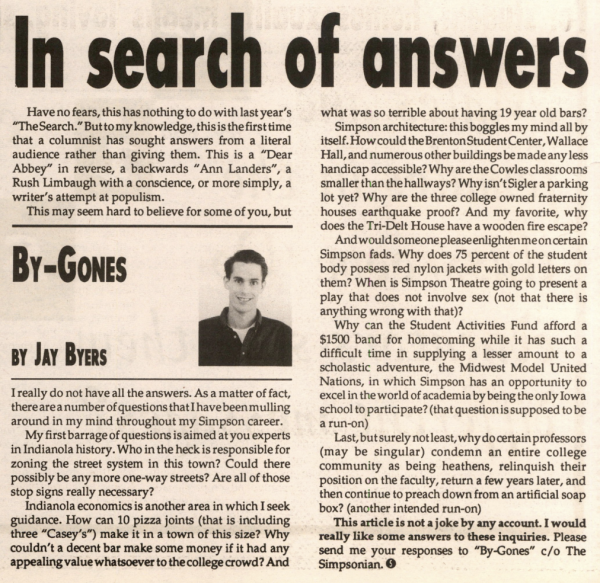Editorial: Why dance should be considered an NCAA sport
September 28, 2017
Dance teams from colleges and universities across the country strive for greatness and are pushed to their physical limits and compete against other teams.
But they are not considered a sport by the National College Athletic Association.
Dance is a growing and popular sport with more than 25 collegiate competition teams just in Iowa.
Iowa holds a state competition every year in the winter through the Iowa State Dance and Drill Team Association, an organized competition founded in 1985. National competitions happen in the spring, making dance a year-round sport requiring dancers to make sacrifices to train the entire school year.
Collegiate dancers train to compete and perform and are athletes who deserve recognition.
The NCAA defines a sport as “an institutionalized activity involving physical exertion with the primary purpose being competition versus other teams or individuals within a collegiate competition structure.”
The NCAA further defines sport as “including structure, regularly scheduled competitions, and a defined competitive season consisting of five or more competitions per year.”
Dance does everything in the definition except having enough regularly scheduled competitions.
Dancers work for countless hours and have daily practices, but that’s not enough because we only get the opportunity to compete at two competitions per year: state and nationals.
Since dance is not considered a sport by the NCAA, it does not get enough funding to enter more competitions. Dance is considered a sport at Simpson, however, meaning we are held accountable to the NCAA’s rules and therefore are not allowed to receive money from other sources, such as the Student Government Association.
Dancers are also not eligible for All-American status or Academic All-Conference titles even if required GPA criteria is met.
If dance were considered a sport by the NCAA, all teams would have more funding, qualified coaches, accessibility to certified athletic trainers, better practice facilities and improved medical care, according to the U.S. Journal of Athletic Training.
Dance teams want to entertain a crowd. We perform and don’t keep score like a basketball or volleyball game would. Dance is different than most sports, but that doesn’t mean it shouldn’t be considered one.
Simpson’s dance team took three routines to state and two routines to nationals, and teams around the country do the same every year. These routines are perfected through grueling hours of practice on top of the choreography learned for noncompetitive events, such as halftimes and homecoming rallies. We are scored by a panel of judges at these competitions and compete against other collegiate teams.
Most collegiate dancers have been training since age 3 or earlier, putting in hours of practice through blood, sweat and tears like any other sport. Just because dance is performance-based, it should not be doubted as a sport. Dance teams train to compete, to be judged and to win.
In 2016, Simpson dance took home the state championship for the pom category at the ISDTA Championships, and placed ninth in 2017 at the National Dance Alliance National Championships in Daytona Beach, Florida.
Dancers deserve the same opportunities and recognition as any other sport.
We don’t get as many chances as other teams who do have regularly scheduled games. We have to make sure the one time we do compete is absolutely perfect, because there are no second halves of games or time-outs to make up for any mistakes like in other sports.
Dance is different, but that should not exclude it from being recognized as a sport.














